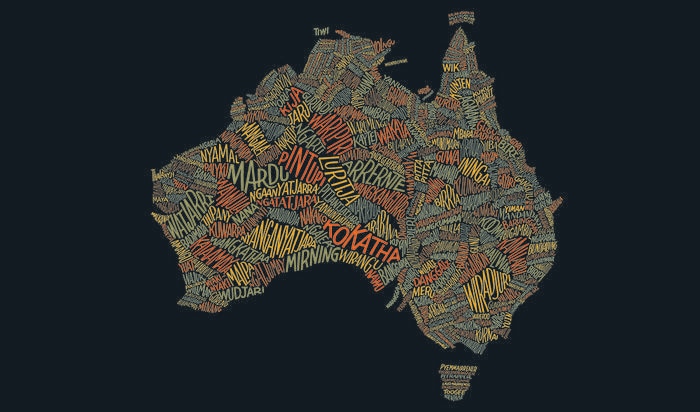I play wave race 64 alot it really is such a fantastic game but it’s a very short one, I’ve played it to death. At one point I think I even beat the world record for the Glacier Coast course but I’ve heard that records set on emulators aren’t counted and even if you’re not cheating an emulator run is considered easier than on the real 64.
I really want another wave race title. I wasn’t a huge fan of the GameCube one. Just such a nostalgia hit. It was the first game I had on my 64 and I played all through Christmas day. Something about the sunset bay and also the training level really brings me right back to 1998 whenever I play it.



















I think the best reasoning for this has more to do with the practicalities of writing than with the accuracy of the speculation about future human endeavours. As you say, there haven’t been any naval missions in space, which is exactly why when drawing from more familiar analogues you can find a richer vein by looking upon naval tradition instead. While fiction, and sci-fi in particular is going to involve some imagination to literally create and invent things all fiction tends to deal in with what we know and only a small dose of the fantastical to reframe it in a more interesting context.
The lack of similar real life equivalents for long missions with a lot of personnel and very large craft and opportunities for internal rivalries, promotions, ambition and rival navies with largely equivalent structures and traditions in current spaceflight, means that the work of writing about scenarios where that happens in space is going to be much harder and probably less resonant without drawing on something where all of that already exists. In addition to that, the hundreds of years of different naval traditions and rituals makes for more pomp and circumstance and delivers a ready-made atmosphere that’s well understood even by the layperson as in those hundreds of years it has seeped in to the public imagination.
Tapping in to all the practical similarities between the scenarios often portrayed in SciFi and naval contexts along with all that cultural baggage makes for a much richer and more vivid atmosphere and setting within which the characters can interact with one another. This is reason enough to transpose naval tropes in to your space based science fiction story whether it makes the most sense or not for the way such endeavours might actually be organized in reality in the future.